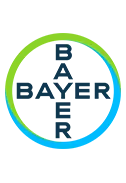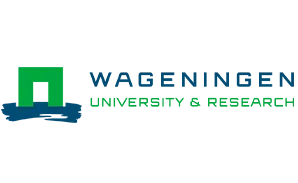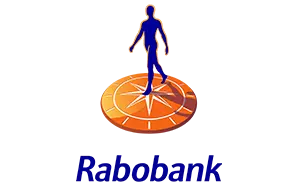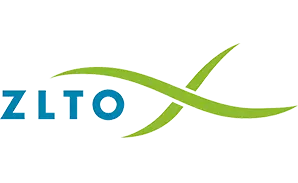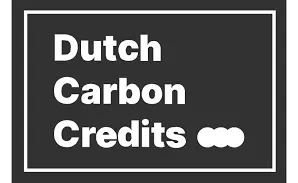Measure the organic carbon in soil
Increasing organic carbon in agricultural soils is key in mitigating climate change and a marker for regenerative agricultural practices. Yet, measuring the carbon content in soils has been a challenge.
But not anymore: The AgroCares Carbon Monitor solution is powered by SoilCASTOR. Our peer-reviewed SoilCASTOR methodology generates optimal sampling locations for rapid soil scanning and calculates carbon stocks in t/ha. With our solution, you will be able to measure and monitor your soil organic carbon stocks in a fast, reliable and affordable way.
Own Global Carbon Model
We built a global carbon model by fusing satellite data, direct proximal sensing-based soil measurements, and state-of-the-art deep learning algorithms. Today, ~120,000 in-situ measurements from soils all over the globe bolster this model.
Ground-truthing with AgroCares Scanner Solution
The AgroCares Scanner solution is a rapid and cost-effective soil testing for ground-truthing our global carbon model. It is trained on a dataset of ~18,000 lab-based measured samples and can be used both for determining carbon content as well as for other soil nutrients.
Carbon farming or reporting on science-based targets
The AgroCares Carbon Monitor solution is powered by SoilCASTOR: a peer-reviewed scientific approach that aligns with carbon credit certification protocols and has won Bayer’s 2022 Grants4Tech CarbonStock Challenge due to the optimal combination of cost-effectiveness, accuracy, and speed.
With the AgroCares Carbon Monitor you can easily quantify and report your annual carbon removals, both for compensation and insetting purposes.
How does it work?
Our AgroCares Carbon Monitor solution allows you to get the soil carbon stock of your farm(s) in tons of CO2 equivalents per hectare in six steps:

Farm registration
Upload the farm and field boundaries via a convenient web-based dashboard.
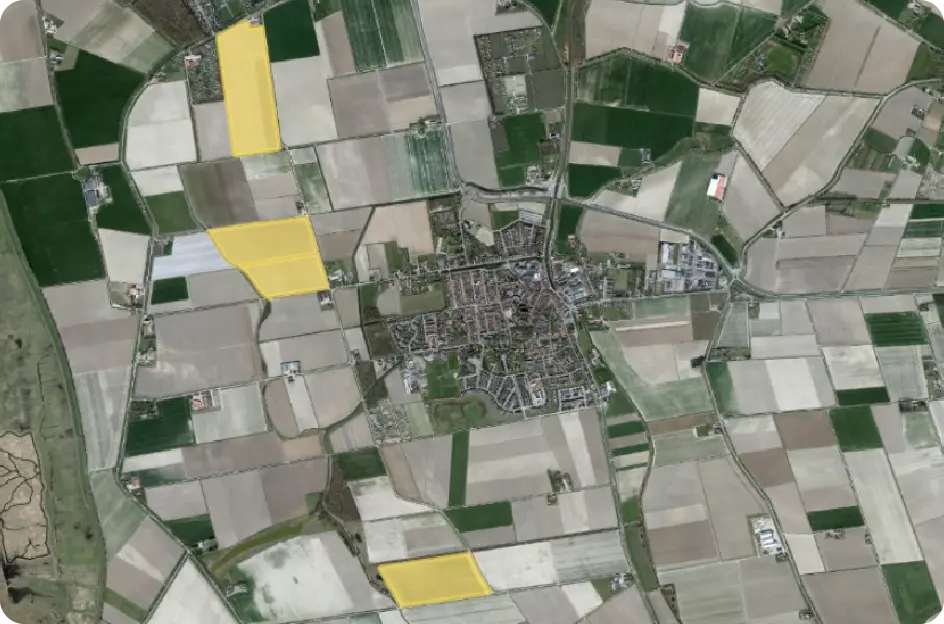

Farm registration
Upload the farm and field boundaries via a convenient web-based dashboard.

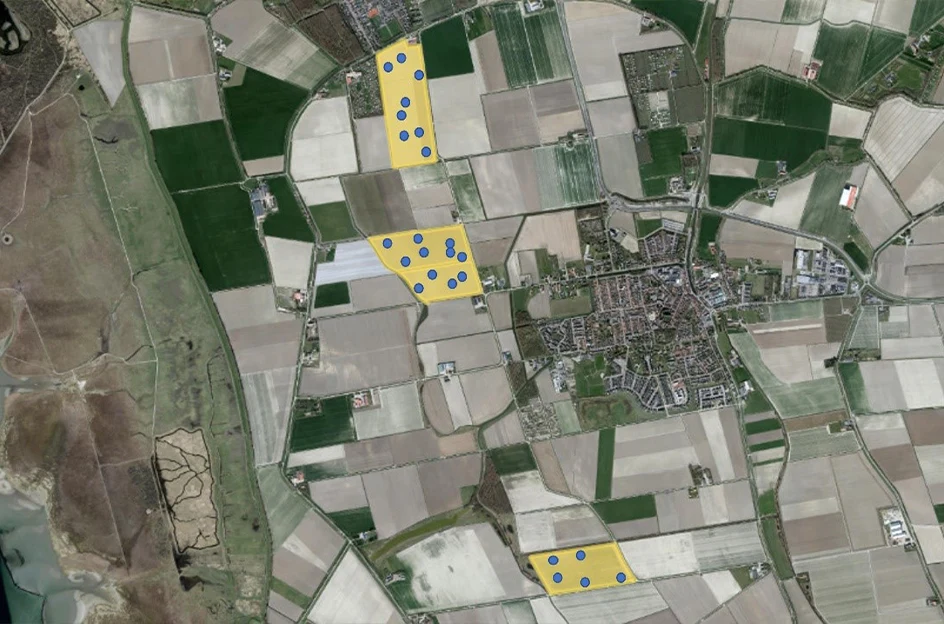

Sampling protocol
Our algorithm creates a tailor-made statistically sound sampling plan for your farm, minimizing the necessary soil samples.

Sampling protocol
Our algorithm creates a tailor-made statistically sound sampling plan for your farm, minimizing the necessary soil samples.


Data collection for baseline
Our app guides you to the exact sampling location where you directly scan the samples with your AgroCares Scanner. You will receive the baseline carbon stocks in tons of CO2 equivalent per hectare.
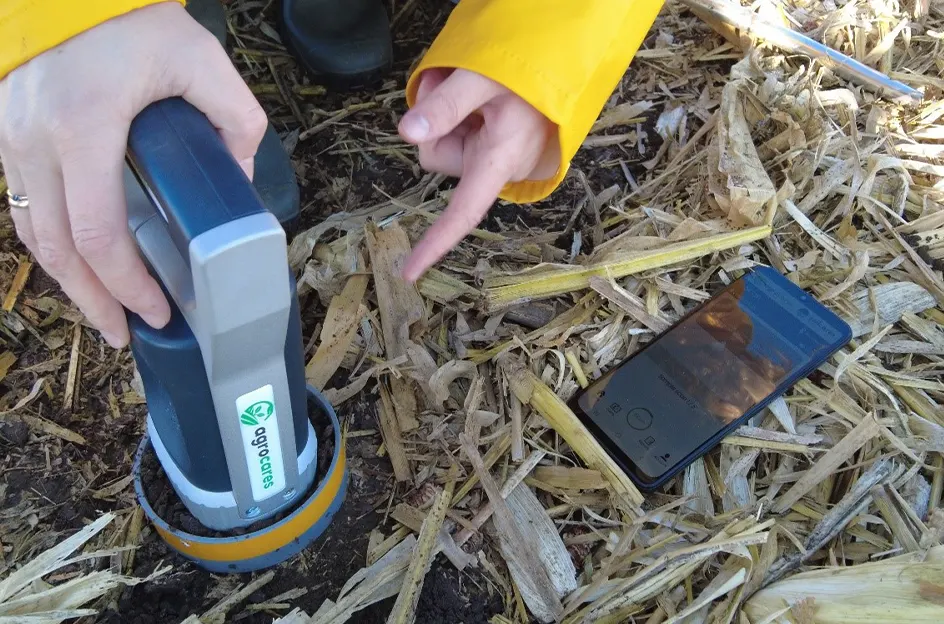

Data collection for baseline
Our app guides you to the exact sampling location where you directly scan the samples with your AgroCares Scanner. You will receive the baseline carbon stocks in tons of CO2 equivalent per hectare.

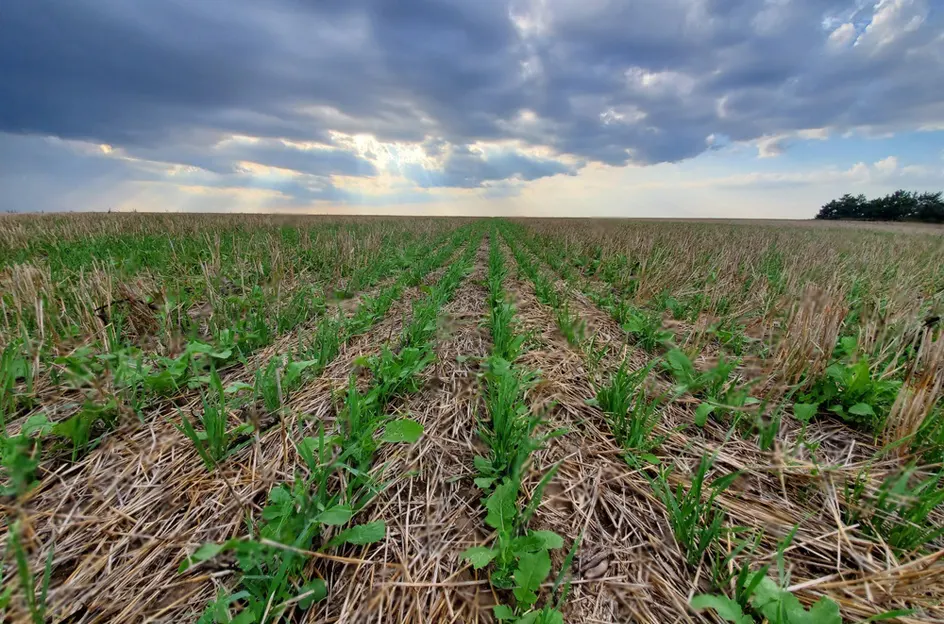

Regenerative agricultural practices
Select your regenerative agricultural practices together with your advisor and enhance your soil carbon stocks by implementing, e.g. low tillage, intercropping or the use of cover crops.

Regenerative agricultural practices
Select your regenerative agricultural practices together with your advisor and enhance your soil carbon stocks by implementing, e.g. low tillage, intercropping or the use of cover crops.


Data collection for monitoring
Remeasure your carbon stock periodically, e.g. every year.
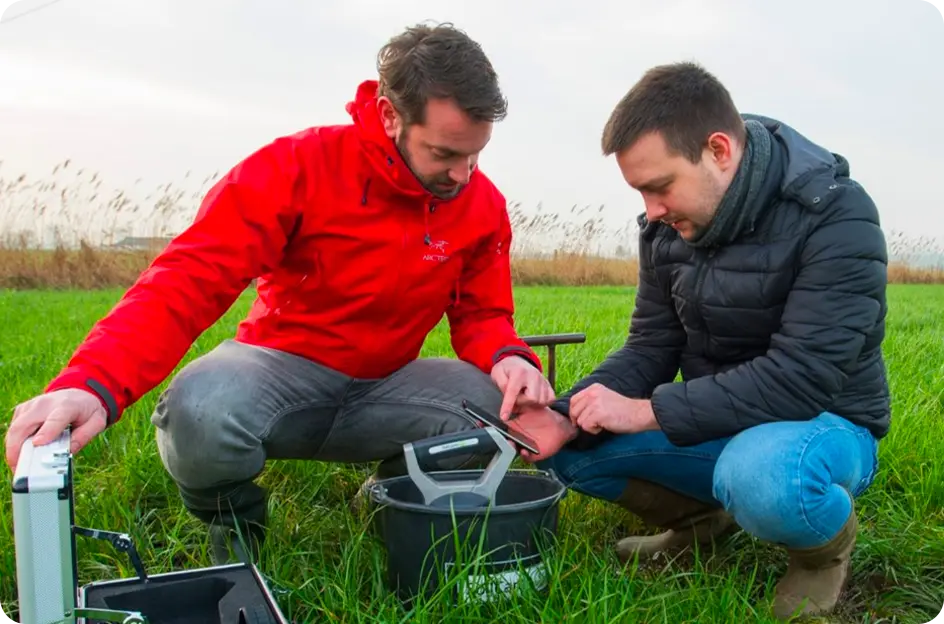

Data collection for monitoring
Remeasure your carbon stock periodically, e.g. every year.

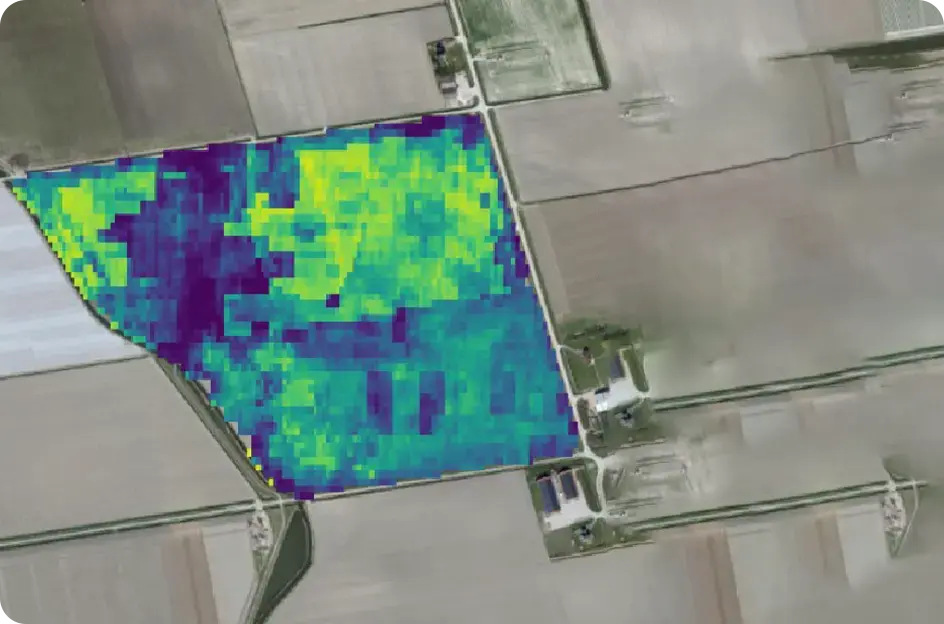

Carbon impact calculation
Quantify the carbon impact of your regenerative agriculture activities and use it to report on your annual carbon removal targets.

Carbon impact calculation
Quantify the carbon impact of your regenerative agriculture activities and use it to report on your annual carbon removal targets.







1. Farm
Registration
boundaries, farm related
information
2. Sampling
Protocol
the automatic sampling
protocol
3. Baseline
baseline for
the carbon
program
4. Regenerative
Agriculture
Practices
Implementation of the advised practices to increase organic carbon and reduce emission
5. Data
Recording
changes
6. Impact
Calculation
credits generated on
the farm
How do you demonstrate that carbon is sequestered on your farm?
According to the GHG Protocol Land Sector and Removals Guidance and the carbon standards, a monitoring framework is required.
Measurement, reporting, and verification (MRV) are the cornerstones of a sound monitoring framework. They allow tracking the farm’s progress in carbon sequestration, either for insetting or compensation (carbon credits) purposes.

Registration

boundaries, farm related
information

Protocol

the automatic sampling
protocol


baseline for the
carbon program

Agroculture Practices


Recording

the automatic sampling
protocol

Calculation

credits generated on
the farm
How do you demonstrate that carbon is sequestered on your farm?
According to the GHG Protocol Land Sector and Removals Guidance and the carbon standards, a monitoring framework is required.
Measurement, reporting, and verification (MRV) are the cornerstones of a sound monitoring framework. They allow tracking the farm’s progress in carbon sequestration, either for insetting or compensation (carbon credits) purposes.
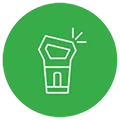
(M) Measurement and data collection using the Scanner
Farmers who adopt regenerative land management practices increase carbon sequestration (removals) in the soil. According to MRV protocols, accounting for these removals requires measurement, typically before regenerative practices are implemented (baseline) and in periodic intervals (monitoring).
To collect data, the AgroCares Carbon Monitor app provides you with a GPS-based sampling plan that’s unique to your farm and minimizes the number of soil samples you need to take with the AgroCares handheld scanner.
Unlike removals, baseline data on your farm’s emissions do not need to be measured but can be calculated using, e.g. the Cool Farm Tool.
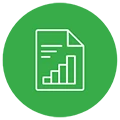
(R) Reporting
Any key data on your farms must be compiled annually in the form of inventories, such as the amount of fertilizer applied, crop yields, and other data related to practice changes.
We help you manage the complexity of your on-farm carbon reporting. Our interactive web-based portal stores all your soil sampling data, such as SOC content at specific locations and carbon stock, in CO2 equivalent per hectare. This data can be easily imported into your farm management software via an API.

(V) Verification
All farm data related to practice changes should be evaluated by an independent auditor. Different guidelines have been set by different carbon standards with Verra currently verifying the highest standards. The AgroCares Scanner is a Near-Infrared technology, which is approved for use under the Verra methodology VM0042 for Improved Agricultural Land Management.
Only when the reported farming data is verified can the carbon stored in the soil be counted as removals in your supply chain or traded on voluntary carbon markets as carbon credits.

